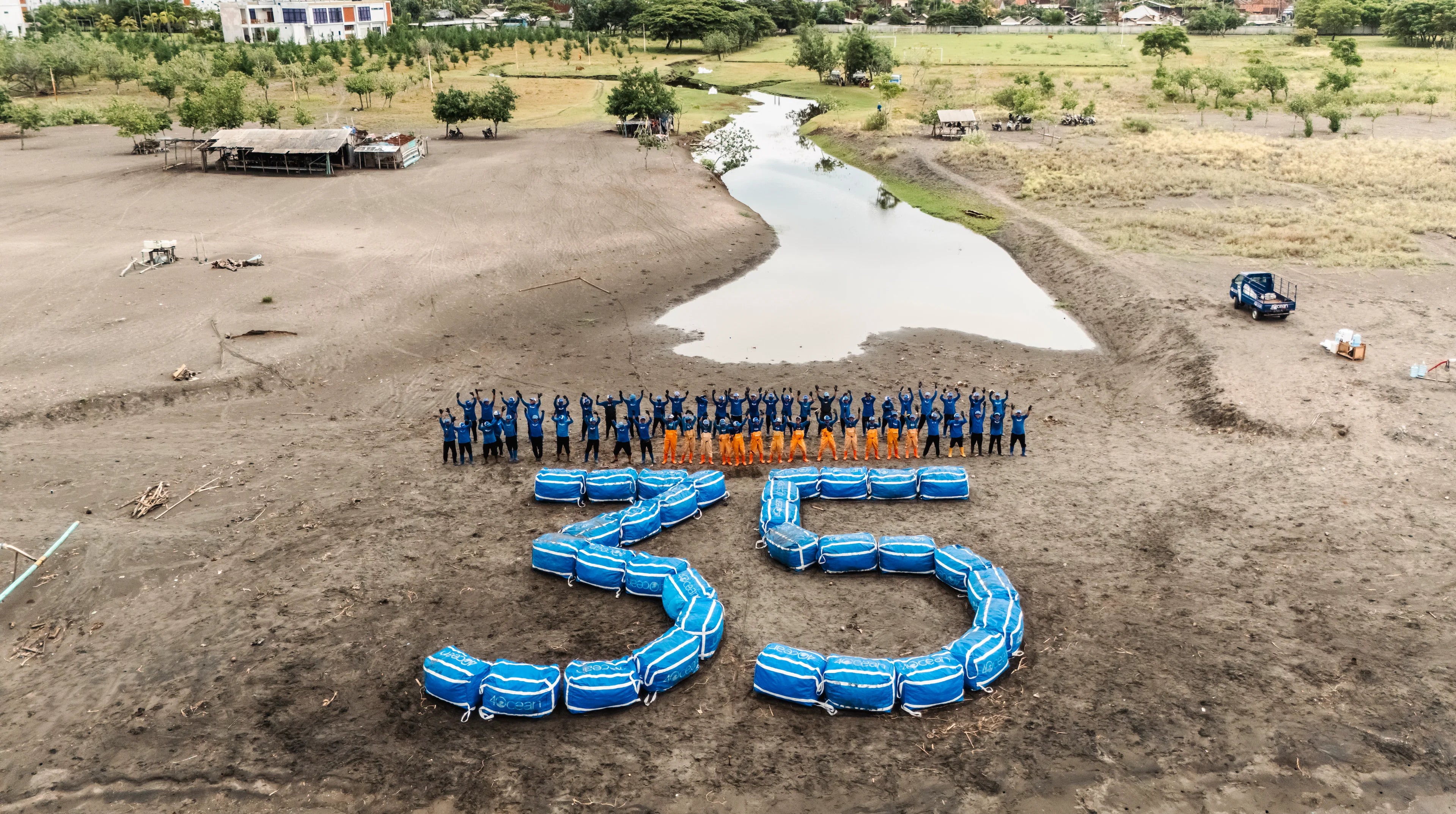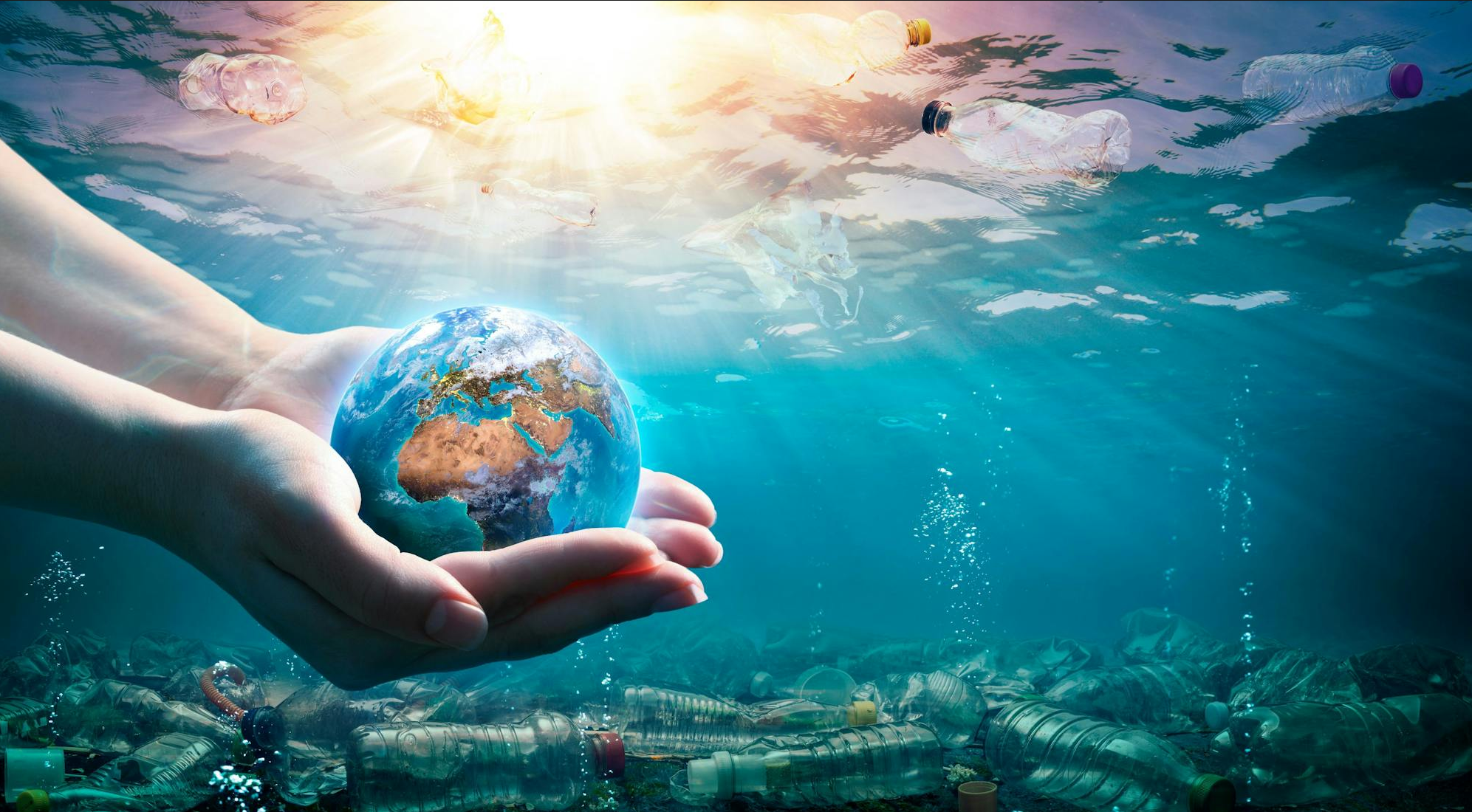5 MIN READ
4-29-2024
Environmental Win!
The Bag Ban Is Working!
Mikaela Walsh, 4ocean Research Analyst
Are single-use plastic bags as harmful to the environment as people claim? Let’s dive deep into the facts!
Across the globe, single-use plastic bags have been convenient for consumers to transport goods at the expense of our environment. The average usage of a plastic bag is 12 minutes. Plastic bags have been shown to harm the environment and marine life. Single-use plastic bags are fragile pieces of plastic known as “film.” They are usually made from polyethylene resin, a low-density plastic that generally allows the plastic film to float along the ocean currents and even stay on the ocean surface. In 2021 alone, the global production of polyethylene was 104.4 million tons, estimated to reach 121.4 million tons in 2026. Polyethylene is the most commonly produced plastic material to date, with many different types following. This thin, film-like plastic can be found throughout the ocean due to its complex ability to recycle it. This allows the film-like plastic to be stuck at the bottom of the ocean or float at the top, allowing easy access for animals to come into contact with it. With that being said, plastic bags can easily and readily be eaten by marine animals and cause many different effects on these animals. Either the animal can consume the entire bag or parts of the bag, which can lead to many undesirable effects. Common effects of this plastic bag ingestion include irritation, inflammation, intestinal blockages, and even worse- starvation. Starvation occurs because the animal feels full. After all, their stomach is full of indigestible material inside when, in reality, they are starving and receiving no nutrients. This causes the animal to stop eating and leads to death.

The ingestion of single-use plastic bags has been seen in many different accounts. One of the leading events was when a killer whale washed up in Brazil with only plastic debris found in its stomach. This whale was found with many different plastic debris items; one of the most abundant plastic debris items found was plastic bags. Sea turtles are another animal that falls victim to ingesting plastic bags because some of the species' primary food source is jellyfish. This can lead the animal to choke on plastic and consume these materials with no nutrients, but instead, they are covered in toxins.
Single-use plastic bags don’t just go away once they go into the garbage but will stay in the ocean for decades after use. These single-use bags are detrimental not only when they are in their full size floating in the sea but also when they are hit with the elements of the sun's UV radiation and the ocean’s salinity, and they will begin to break down into microplastic particles. These microplastic particles will be very thin, lightweight, and virtually invisible. This will allow for more animals to consume them without even knowing they are present in the water. This brings along many adverse effects, not only because this plastic is indigestible, but also because it has the properties to attract pollutants in the water.

BYBBA THE NET.ZERO MARKET BAG // NAVY
Shop now + Clean the Ocean
Plastic bag bans are emerging worldwide, and the amount of single-use plastic consumed is decreasing. The banning of plastic bags first started in 2007 in San Francisco and since then a boom of bans has taken off across the United States. As of 2024, ten states have banned the use of plastic bags, and over 500 cities have a bag ordinance.
The best news is yet to come, researchers examined if the ban on plastic bags is effective in five of the states that have banned plastic bags and it has shown significant results. The states/cities examined include New Jersey, Vermont, Philadelphia PA, Portland OR, and Santa Barbara CA. In these two states and three cities alone, an estimated 6,042,411,770 plastic bags per year were saved from being consumed. The crazy part is that this number represents only a fraction of the ten states with ordinates on plastic bags. The number of plastic bags saved from entering our environment is much higher. This is incredible news and solidifies that the ban on single-use plastic bags is effective, which can inspire other states and cities to join the ban. These bans save the environment from at least six billion plastic bags annually from potentially entering the environment and the amount of microplastics into which these bags would break down.
![shutterstock_1925240114-[Converted].png__PID:0b99a3d2-c022-4f3e-8f1d-55bc605393d7](https://cdn.shopify.com/s/files/1/0996/1022/files/shutterstock_1925240114-_Converted.png?v=1713981027)
Even if your state or country does not have a ban on plastic bags, you can still help eliminate this problem! There are incredible alternatives for single-use plastic bags!
- Reusable bags
- Paper bags
- Biodegradable bags
- Cloth bags
Single-use plastic bags have been shown to have deadly effects on marine life and the environment across the globe. Polyethylene is the most prominent plastic production material and the leading product of single-use plastic bags. The bans work! They have proven effective in reducing the single-use consumption of plastic bags, not only on an individual level but on a state-wide level. If your state or country does not have a plastic bag ordinance, we urge you to skip the bag and switch to a sustainable option.

ZeroWasteStore Mesh Produce Bag - Multiple Sizes - Zero Waste Net Bag
Shop now + Clean the Ocean
You May Also Like



